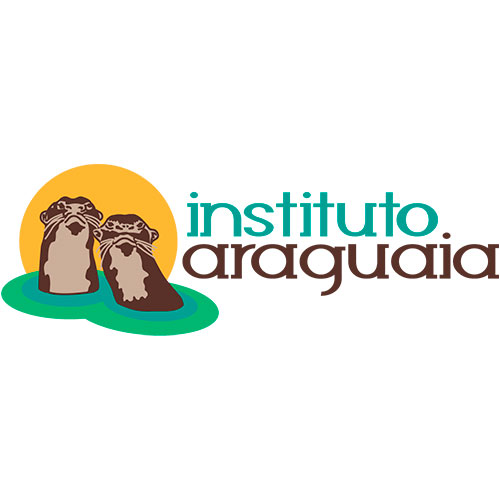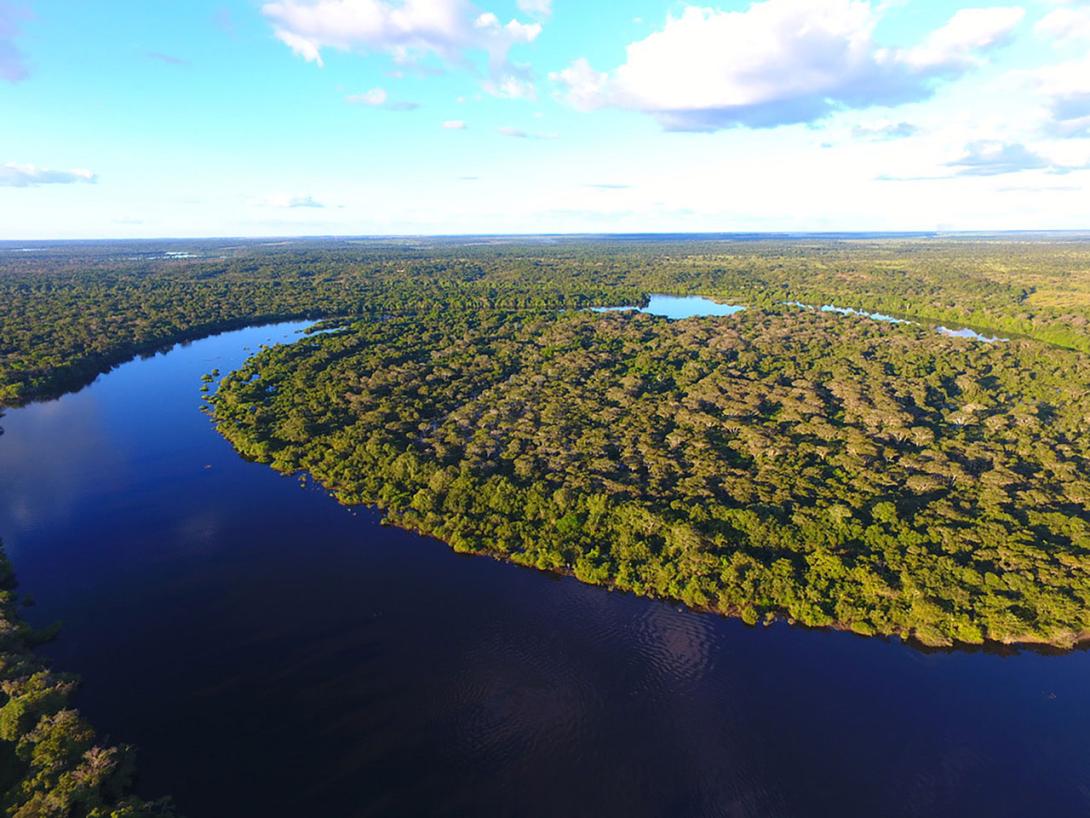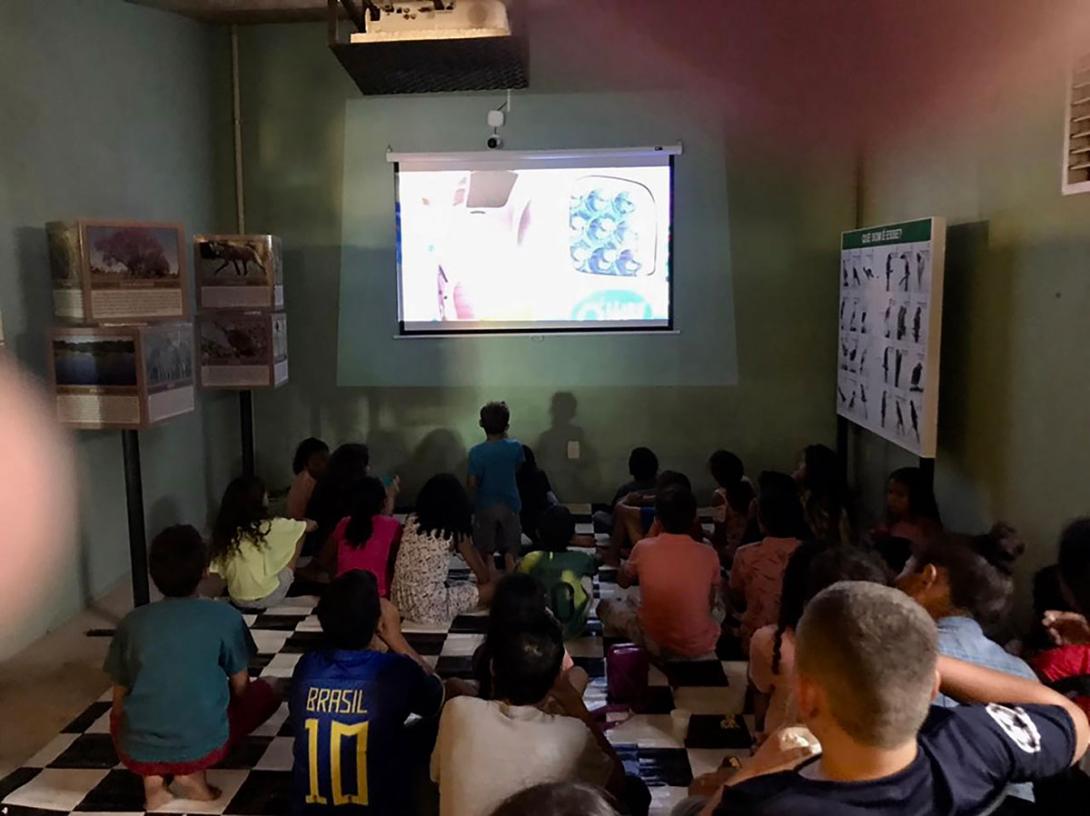Instituto Araguaia
The Cantao region in Brazil is a unique ecotone at the crossroads of the Cerrado, the Pantanal and the Amazon. The Araguaia River, which floods the Cantao State Park during the rainy season, recedes in the dry season, leaving behind hundreds of isolated lakes which are used as feeding and breeding sites by many animal species. Among them is the largest of the 13 otter species recorded: the Giant Otter (Pteronura brasiliensis), classified as “Endangered” on the Red List of the International Union for Conservation of Nature (IUCN).

This geographical area, which is also home to a remarkable biodiversity (jaguar, pink dolphin, black caiman…), is one of the last stronghold of the giant otter in Brazil. While much of the area is protected by a state park (submitted to the same regulations as a national park), fish poaching is very high, depleting the quantities of food available for the otters especially during the breeding season. The species is also directly targeted by fishermen who falsely see it as a competitor. Ecotourism is promoted as an alternative to fishing and income-generating activity but local communities lack skills to participate.
Furthermore, the private lands located outside the park are extremely fertile and thus heavily cleared for soybean monoculture. Fires are of major concern for the otters because they are set during the breeding season and can reach the dens, causing the death of the cubs either directly or during parental attempts to move them away from the fire.

In order to protect the giant otters, the Instituto Araguaia has established 3 privately protected areas that contain oxbow lakes where the species breeds. A team of rangers is responsible for protecting the habitat from poachers and fires. They are also responsible for minimizing negative otter-human interactions at the peak of the fishing and tourist season which is also the breeding season for giant otters. Thanks to the ongoing presence of rangers in the field, several otter families are protected.
The Instituto Araguaia initiated the first long-term study of the species which has been monitored for more than 10 years on the site: monthly censuses are organized, camera traps are set up to get information on the movements and behavior of the resident otter groups. The results are used to develop the National Action Plan for the Giant Otter in Brazil.

The organization also runs an environmental education programme among local communities. Its Environmental Centre hosts children who participate in educational activities that help to raise awareness about otters, biodiversity and nature conservation.
Palmyre Conservation has provided financial support to Instituto Araguaia since 2022, the year the giant otters arrived at the zoo.